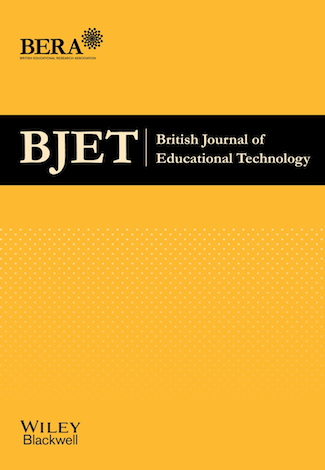
Linguistic analysis of extended examination answers: Differences between on-screen and paper-based, high- and low-scoring answers
ARTICLE
Melody Charman
British Journal of Educational Technology Volume 45, Number 5, ISSN 0007-1013 e-ISSN 0007-1013 Publisher: Wiley
Abstract
This small-scale pilot study aimed to establish how the mode of response in an examination affects candidates' performances on items that require an extended answer. The sample comprised 46 17-year-old students from two classes (one in a state secondary school and one in a state sixth-form college), who sat a mock A-level English Literature examination. The analysis compared writing produced on screen and on paper to try to uncover any systematic differences between the two modes of delivery. The study considered the linguistic features of the texts produced in each mode, the marks achieved and the views of the participants regarding the use of computers in essay-based examinations. The study found that the response mode had a small effect on the length of essay produced, in that students using a computer wrote more, and on the type of language used, in that students writing on paper used denser but less varied language. There was very little effect on the marks achieved. Participants expressed a variety of concerns about computer-based examinations, such as noisy keyboards, assessment of spelling, and unfairness towards those who are less comfortable with the technology.
Citation
Charman, M. (2014). Linguistic analysis of extended examination answers: Differences between on-screen and paper-based, high- and low-scoring answers. British Journal of Educational Technology, 45(5), 834-843. Wiley. Retrieved August 13, 2024 from https://www.learntechlib.org/p/148577/.
